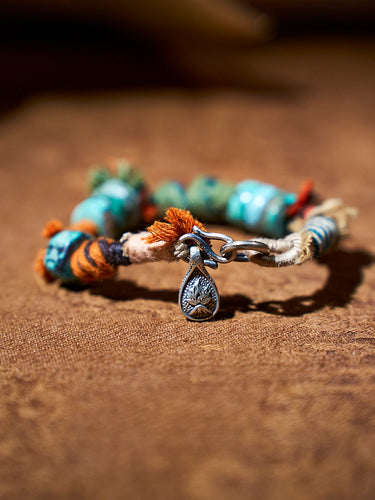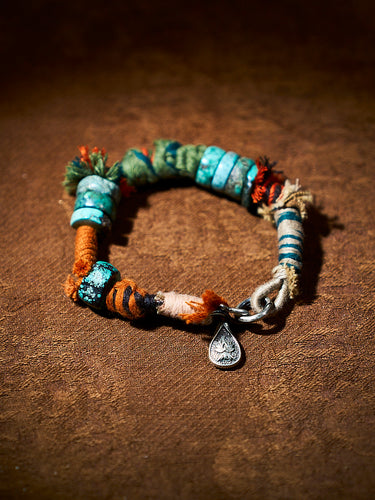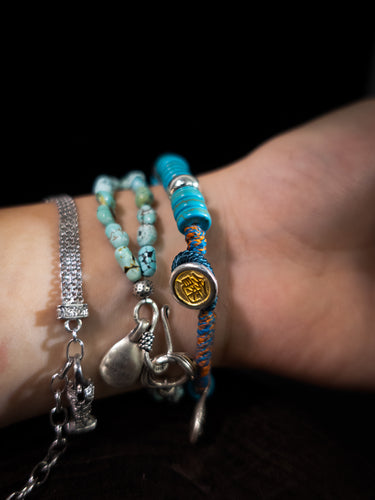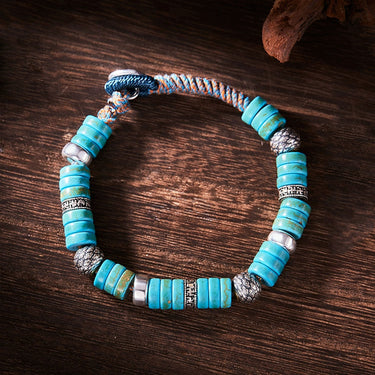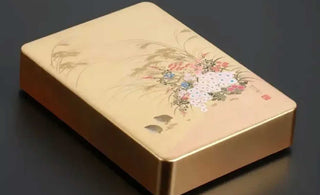
In the enchanting world of classical oriental art, where tradition and innovation converge, we embark on a captivating exploration of the modern techniques employed in the realm of traditional Japanese lacquerware design. Like a symphony of craftsmanship and artistic vision, these techniques breathe new life into an ancient art form, infusing it with contemporary flair and captivating the hearts of collectors, artists, and enthusiasts alike. Join us as we delve into the realm of Japanese lacquerware, where tradition intertwines with creativity, and explore the innovative techniques that push the boundaries of this timeless art.
The Art of Urushi: The Essence of Japanese Lacquerware
At the heart of the art of urushi lies the urushi tree, a majestic symbol of nature's grace and resilience. From the depths of its gnarled roots to the tips of its slender branches, this sacred tree yields a sap that possesses extraordinary qualities. Collected with utmost care and reverence, the sap undergoes a meticulous refinement process, ensuring its purity and potency. This refined urushi, like liquid gold, becomes the medium through which the artist's vision takes shape. It is within the hallowed walls of the urushi workshop that the magic truly unfolds. With unwavering dedication and a deep respect for tradition, the artisan selects a base—a canvas upon which the layers of urushi will be delicately applied. Often, it is the warmth and grain of wood that beckon, but other materials may also be chosen to create a harmonious marriage between texture and form. With steady hands, the artisan begins the laborious process of applying layer upon layer of urushi onto the chosen base. Each layer is meticulously brushed on, allowing time to cure and harden before the next is added. This ancient technique, known as nuritate, requires patience and precision, for it is in the layering that the true beauty of urushi emerges. As the layers build, a depth and richness of color develop, transforming the once humble base into a radiant masterpiece. But urushi's enchantment extends far beyond its exquisite appearance. It possesses a remarkable resilience and durability that ensures the longevity of lacquerware. Its innate ability to withstand the test of time, to resist moisture and external forces, makes it an ideal medium for objects of both utility and artistic expression. From lacquered bowls and boxes to ornate screens and decorative pieces, urushi elevates everyday objects into extraordinary works of art. To truly appreciate the art of urushi is to understand its connection to the world around us. It is a testament to the delicate balance between nature and human creativity, where the artist becomes a conduit for the essence of life itself. Each stroke of the brush, each layer of lacquer, is an homage to the beauty found in the smallest of details—the delicate petals of a cherry blossom, the shimmering scales of a koi fish, or the graceful lines of a calligraphic character.
Maki-e: The Dazzling Lacquerware Art of Sprinkled Pictures
The process of creating maki-e is a careful dance between patience and meticulousness. The artisan begins by applying a base layer of lacquer onto the chosen object, be it a box, a tray, or a piece of furniture. Once the lacquer has cured, the artisan delicately sprinkles the metallic powders onto the surface, using specialized brushes and tubes to control the flow and placement of the precious metal particles. With a steady hand and an unwavering focus, the artisan brings forth patterns of extraordinary beauty, where gold and silver intertwine, creating a tapestry of shimmering elegance. But maki-e is not merely a technique; it is a language of symbolism and storytelling. Each design holds a deeper meaning, a narrative woven into the very fabric of the lacquerware. Cherry blossoms, with their ephemeral beauty, embody the fleeting nature of life. Waves crashing against the shore capture the powerful forces of nature. Dragons, mythical creatures of wisdom and strength, represent the indomitable spirit. These motifs, carefully rendered in maki-e, transform lacquerware into vessels of artistic expression, inviting the viewer to embark on a journey of contemplation and discovery. The allure of maki-e lies not only in its visual splendor but also in its tactile allure. The raised texture of the metallic powders against the smooth lacquer surface creates a sensory experience that captivates the senses. As one runs their fingers across the intricate patterns, they can feel the delicate undulations, almost as if tracing the contours of a secret world hidden beneath the surface. It is a tactile connection to the craftsmanship and artistry that went into creating each maki-e masterpiece. In the world of Japanese lacquerware, maki-e stands as a testament to the enduring spirit of artistic innovation and the pursuit of perfection. It is a celebration of the delicate balance between tradition and creativity, where the ancient techniques of lacquerware craftsmanship are infused with the artist's unique vision. Through maki-e, lacquerware transcends its utilitarian origins and becomes an embodiment of beauty, grace, and the timeless allure of the orient.
Raden: The Lacquerware Radiance of Mother-of-Pearl Inlay
Raden, the art of inlaying mother-of-pearl and other iridescent materials onto lacquerware, bestows a captivating radiance upon the surface. The artisan skillfully cuts thin strips of shimmering shells and delicately embeds them into the lacquer, forming intricate patterns and designs. When the light dances upon the surface, the mother-of-pearl glows, creating a mesmerizing play of colors that adds depth and dimension to the lacquerware. Raden exemplifies the harmony between nature and art, as it captures the luminosity found in the depths of the sea. Negoro, an ancient technique that originated in the Kishu region of Japan, is revered for its ability to create a distinctive weathered appearance on lacquerware. Through a careful layering of black and red lacquer, followed by meticulous polishing and aging, a rich patina emerges, reminiscent of the passage of time. Negoro lacquerware exudes a sense of rustic elegance, evoking a connection to the past and celebrating the beauty that emerges through the wear and tear of life. Tsuishu, a technique that showcases the exquisite art of carving cinnabar lacquer, demonstrates the intricate skill and patience of the artisan. The artist carves intricate designs into multiple layers of lacquer, revealing the underlying layers and creating a sense of depth and texture. The carved areas are then filled with cinnabar, a vibrant red pigment derived from mercury sulfide, which contrasts beautifully with the lacquer's black surface. Tsuishu lacquerware enchants with its intricate motifs and masterful carving, captivating the viewer with its visual and tactile allure.
In conclusion, the infusion of modern techniques into traditional Japanese lacquerware design represents a dynamic and evolving art form. It bridges the gap between the ancient and the contemporary, ensuring that the craft remains relevant and appealing in today’s world. These advancements not only enhance the aesthetic and functional aspects of lacquerware but also ensure the continuation and adaptation of this cherished cultural heritage for future generations. In the realm of traditional Japanese lacquerware design, the marriage of ancient techniques and contemporary creativity gives birth to works of art that transcend time. The art of urushi, the dazzling maki-e, the radiant raden, the weathered beauty of negoro, and the intricate craftsmanship of tsuishu—all contribute to the rich tapestry of Japanese lacquerware. These modern techniques, rooted in centuries of tradition, continue to evolve and inspire a new generation of artisans and collectors.








